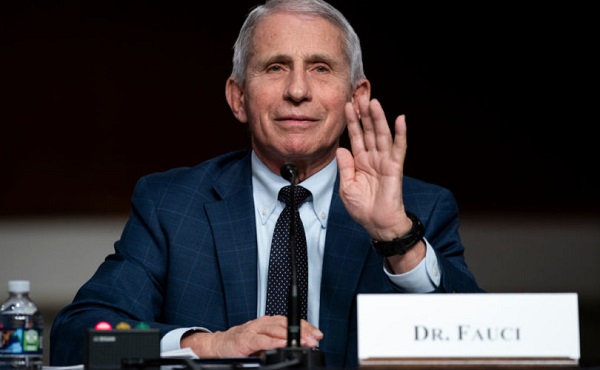Alberta
Alberta government’s new smartphone restrictions won’t eliminate digital distraction in classrooms

From the Fraser Institute
By Paige MacPherson and Tegan Hill
Research has shown that simply having a smartphone nearby is enough to distract students from completing a task, and that it takes students 20 minutes to regain focus on learning after being distracted. And when schools removed smartphones from the classroom in the United Kingdom, Belgium and Spain, learning outcomes improved, especially for underperforming kids.
According to a new directive from the Smith government, beginning next September there will be restrictions on smartphones in Alberta schools. While the directive is light on details, one thing is clear—given mounting evidence that smartphone distraction can hinder academic performance, unless the province (or individual school authorities) ban smartphones in the classroom, students will continue to suffer the consequences.
Indeed, research has shown that simply having a smartphone nearby is enough to distract students from completing a task, and that it takes students 20 minutes to regain focus on learning after being distracted. And when schools removed smartphones from the classroom in the United Kingdom, Belgium and Spain, learning outcomes improved, especially for underperforming kids.
Moreover, the latest Programme for International Student Assessment (PISA) report found a clear connection between smartphone distraction and declining student achievement, particularly in math. Specifically, 80 per cent of Canadian students report being distracted by the devices of other students in math class—and students who were distracted by smartphones in math class scored 15 points lower on PISA math tests than those who were not distracted. (PISA equates a 20-point drop in student test scores with one year of lost learning.)
Again, this is not just students distracted by their own devices, which are obvious attention-zappers for kids and teens. This is students distracted by the devices of other students. The research on digital distraction and its impact on student achievement makes clear that only a smartphone ban—with very few exceptions—will save kids from digital distraction.
And notably, Alberta’s PISA math scores have fallen 45 points in the last two decades, from 2003 to 2022, which PISA equates with more than two years of lost learning, with the decline predating COVID school closures.
The empirical evidence against smartphones in schools is mounting. But it’s also common sense, and people understand. The Alberta government’s own survey revealed that 90 per cent of more than 68,000 respondents—including parents, teachers, students and principals—had concerns about phone use in schools. This is consistent with other public opinion research in Canada. One survey showed 80 per cent of Canadians support banning phones in public schools. Another found that 51 per cent of Albertans said that phones should be banned in K-12 classrooms, and another 40 per cent said they should not be allowed unless directed by a teacher.
In 2019, the Ontario government issued a similar directive restricting smartphones in K-12 schools, which was nearly pointless because the government left the specifics up to school boards (just like the Smith government is now leaving the specifics up to school authorities in Alberta). Without being able to point to an overarching policy, Ontario teachers said they spent too much time surveilling and nagging in class, and many stopped trying altogether.
In its directive, the Smith government indicated there will be exceptions not only for reasonable health and medical needs (e.g. blood sugar monitoring) but also for “learning needs, and for educational purposes.” To actually eliminate digital distraction in the classroom, the provincial education ministry must support school authorities, who must support principals, who must support teachers to help enforce an actual ban.
While we should be skeptical of reflexive government “bans” in general, smartphones clearly impede student learning and socialization in schools. Banning smartphones in K-12 public government schools is the right move. But a patchwork approach, which accommodates endless exemptions, won’t free Alberta classrooms from the negative effects of digital distraction.
Authors:
Alberta
CPP another example of Albertans’ outsized contribution to Canada
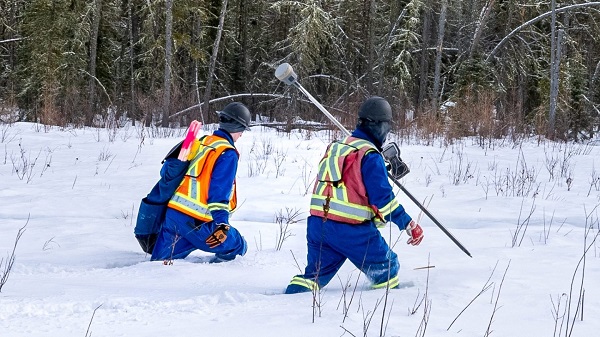
From the Fraser Institute
By Tegan Hill
Amid the economic uncertainty fuelled by Trump’s trade war, its perhaps more important than ever to understand Alberta’s crucial role in the federation and its outsized contribution to programs such as the Canada Pension Plan (CPP).
From 1981 to 2022, Albertan’s net contribution to the CPP—meaning the amount Albertans paid into the program over and above what retirees in Alberta received in CPP payments—was $53.6 billion. In 2022 (the latest year of available data), Albertans’ net contribution to the CPP was $3.0 billion.
During that same period (1981 to 2022), British Columbia was the only other province where residents paid more into the CPP than retirees received in benefits—and Alberta’s contribution was six times greater than B.C.’s contribution. Put differently, residents in seven out of the nine provinces that participate in the CPP (Quebec has its own plan) receive more back in benefits than they contribute to the program.
Albertans pay an outsized contribution to federal and national programs, including the CPP because of the province’s relatively high rates of employment, higher average incomes and younger population (i.e. more workers pay into the CPP and less retirees take from it).
Put simply, Albertan workers have been helping fund the retirement of Canadians from coast to coast for decades, and without Alberta, the CPP would look much different.
How different?
If Alberta withdrew from the CPP and established its own standalone provincial pension plan, Alberta workers would receive the same retirement benefits but at a lower cost (i.e. lower CPP contribution rate deducted from our paycheques) than other Canadians, while the contribution rate—essentially the CPP tax rate—to fund the program would likely need to increase for the rest of the country to maintain the same benefits.
And given current demographic projections, immigration patterns and Alberta’s long history of leading the provinces in economic growth, Albertan workers will likely continue to pay more into the CPP than Albertan retirees get back from it.
Therefore, considering Alberta’s crucial role in national programs, the next federal government—whoever that may be—should undo and prevent policies that negatively impact the province and Albertans ability to contribute to Canada. Think of Bill C-69 (which imposes complex, uncertain and onerous review requirements on major energy projects), Bill C-48 (which bans large oil tankers off B.C.’s northern coast and limits access to Asian markets), an arbitrary cap on oil and gas emissions, numerous other “net-zero” targets, and so on.
Canada faces serious economic challenges, including a trade war with the United States. In times like this, it’s important to remember Alberta’s crucial role in the federation and the outsized contributions of Alberta workers to the wellbeing of Canadians across the country.
Alberta
Made in Alberta! Province makes it easier to support local products with Buy Local program

Show your Alberta side. Buy Local. |
When the going gets tough, Albertans stick together. That’s why Alberta’s government is launching a new campaign to benefit hard-working Albertans.
Global uncertainty is threatening the livelihoods of hard-working Alberta farmers, ranchers, processors and their families. The ‘Buy Local’ campaign, recently launched by Alberta’s government, encourages consumers to eat, drink and buy local to show our unified support for the province’s agriculture and food industry.
The government’s ‘Buy Local’ campaign encourages consumers to buy products from Alberta’s hard-working farmers, ranchers and food processors that produce safe, nutritious food for Albertans, Canadians and the world.
“It’s time to let these hard-working Albertans know we have their back. Now, more than ever, we need to shop local and buy made-in-Alberta products. The next time you are grocery shopping or go out for dinner or a drink with your friends or family, support local to demonstrate your Alberta pride. We are pleased tariffs don’t impact the ag industry right now and will keep advocating for our ag industry.”
Alberta’s government supports consumer choice. We are providing tools to help folks easily identify Alberta- and Canadian-made foods and products. Choosing local products keeps Albertans’ hard-earned dollars in our province. Whether it is farm-fresh vegetables, potatoes, honey, craft beer, frozen food or our world-renowned beef, Alberta has an abundance of fresh foods produced right on our doorstep.
Quick facts
- This summer, Albertans can support local at more than 150 farmers’ markets across the province and meet the folks who make, bake and grow our food.
- In March 2023, the Alberta government launched the ‘Made in Alberta’ voluntary food and beverage labelling program to support local agriculture and food sectors.
- Through direct connections with processors, the program has created the momentum to continue expanding consumer awareness about the ‘Made in Alberta’ label to help shoppers quickly identify foods and beverages produced in our province.
- Made in Alberta product catalogue website
Related information
-
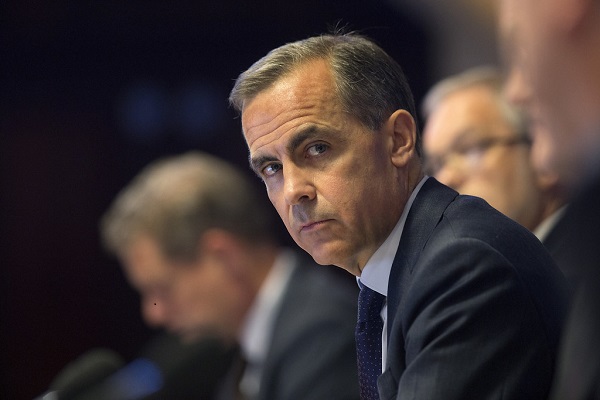
 2025 Federal Election7 hours ago
2025 Federal Election7 hours agoBREAKING: THE FEDERAL BRIEF THAT SHOULD SINK CARNEY
-

 2025 Federal Election7 hours ago
2025 Federal Election7 hours agoCHINESE ELECTION THREAT WARNING: Conservative Candidate Joe Tay Paused Public Campaign
-
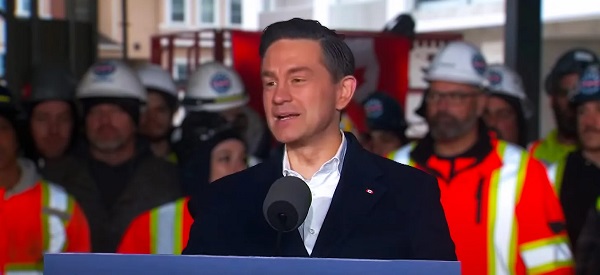
 2025 Federal Election18 hours ago
2025 Federal Election18 hours agoReal Homes vs. Modular Shoeboxes: The Housing Battle Between Poilievre and Carney
-

 2025 Federal Election18 hours ago
2025 Federal Election18 hours agoOttawa Confirms China interfering with 2025 federal election: Beijing Seeks to Block Joe Tay’s Election
-

 International1 day ago
International1 day agoPope Francis has died aged 88
-
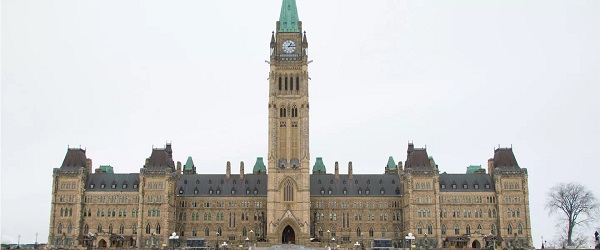
 2025 Federal Election1 day ago
2025 Federal Election1 day agoCarney’s budget means more debt than Trudeau’s
-

 Business1 day ago
Business1 day agoCanada Urgently Needs A Watchdog For Government Waste
-

 2025 Federal Election17 hours ago
2025 Federal Election17 hours agoHow Canada’s Mainstream Media Lost the Public Trust



